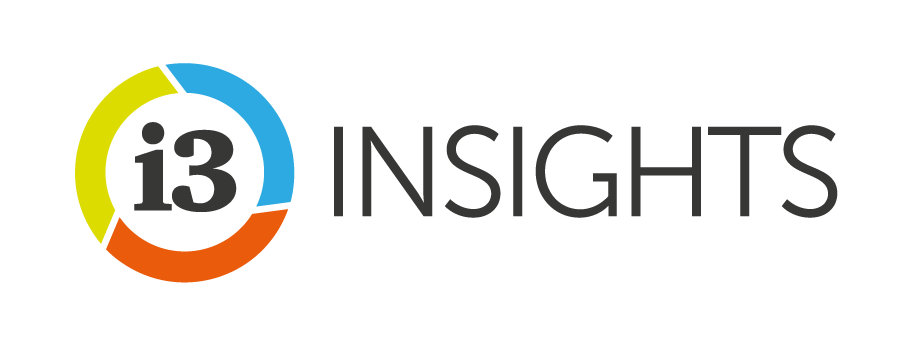Disclaimer: This article is for educational purposes only. It does not constitute financial advice and does not take into account an individual’s specific circumstances. In other words, if you mess up, you are on your own.
So you’ve found your first full-time job and you are now receiving superannuation contributions from your employer. Your employer might have opened an account for you (ask if they did!), you might have chosen your own fund, or you might already have an account from a previous, maybe casual, job.
Now what?
What is Superannuation?
Let’s start at the beginning: what is superannuation?
Superannuation is an investment plan with the objective of building enough wealth to retire comfortably on. Yes, your retirement is still a long way away, but planning for it starts now because building wealth takes time.
Superannuation is Australia’s term for a pension. It is essentially an investment plan with tax breaks.
The government allows you to invest the money you earn from your job at a tax rate of 15 per cent, instead of the 30 per cent income tax rate that you are normally charged. Straightaway, that is a 15 per cent return on any contributions you or your employer makes. Not too shabby.
What is the catch?
You can’t access the money until you are 60 years old.
This is called the preservation age. Certain circumstances allow you early access to part of your account balance, for example, when buying your first home, or whenever the government panics during a global pandemic, but generally speaking the money is locked away.
What is Superannuation Not?
It is not a savings scheme.
Unlike with a savings account, you can lose the money you put in. Bad investment choices, a market crisis or an alien invasion could make your money disappear. It is, therefore, important to choose a legitimate super fund.
Most super funds are regulated by APRA, the Australian Prudential Regulation Authority, and regulated funds have a much smaller chance of collapsing than unregulated ones.
The Money Smart website is not a bad place to start looking for a fund if you haven’t got one yet or you are unsure about your current one.
A category of super funds that is not regulated by APRA is Self-managed Super Funds (SMSF). They are regulated by the Australian Taxation Office (ATO), predominantly from a tax perspective, but the owner of the SMSF is responsible for their own investments.
Chances are that you don’t have to worry about SMSFs for a good many years. You are unlikely to have enough money to justify the costs of running one, let alone the financial experience to make thoughtful investment decisions.
Think you can secure your retirement by investing in Bitcoin in your SMSF? Think again (and look up what diversification and risk management in investing mean).
If, out of the blue, you get a call from a fund that offers you great returns if you invest with them, ignore it. The top super funds do not engage in these so-called cold-calling practices and there is a history of funds that do collapsing.
Just take a look at the case of Shield Master Fund and First Guardian Master Fund, which relied on cold-calling to increase member numbers, but made poor investment decisions. Some members might have lost most of their money.
What Choices do I Face?
If you have an account with a super fund, first check whether your employer actually pays you superannuation contributions. If you are over 18 years’ of age, then they are required to, no matter how long or infrequent your hours are. But they don’t always do this, especially with young people entering the workforce.
Once you have an account set up and established contributions are being paid into it, you then have a choice of what investment option to use.
Typically, these options are ranked from ‘conservative’ to ‘aggressive’, based on how much they invest in growth assets (stocks, private equity, hedge funds) versus defensive assets (bonds and cash).
This is where it becomes more complicated. You will need some growth assets to build wealth, but how much you are comfortable with is an individual decision.
More growth assets mean you are going to face some serious losses from time to time – the Global Financial Crisis is a good example – but historically, they have also provided higher investment returns in the long run (10 years or more).
More conservative options tend to have fewer losses, but also lower returns, and the risk here is that you don’t build up enough money to retire comfortably on. Low-risk investing can be a high-risk strategy for building wealth.
You also have the choice to do nothing.
Unlike what you might expect, this is actually not a bad idea. If you don’t make a choice, then your fund will put your money in the default option, called MySuper, which varies from fund to fund, but is often a balanced or balanced-growth-style fund.
MySuper options are created with the objective to be an appropriate option for the majority of people, so this might be a good place to start until you have a better understanding of how investing (and, more specifically, asset allocation) works.
Contributions and Adding Extra Money
The other choice you will face is about voluntary contributions. Your employer is required to put 12 per cent of your salary into a super fund, but you can put in more of your own money if you’d like.
You might not have any spare money at the start of your career, but if you do, then contributing to your super fund is not a bad idea. The sooner you build up a reasonable amount in your account, the more your investment earnings will help you grow your wealth.
Compounding Interest – Where the Real Magic Hides
The real magic of investing lies in the phenomenon of compounding interest. It describes the effect of how wealth tends to build faster as you stay invested for longer.
For example, if you invest $100 in year one and you have an investment return of 10 per cent, then you have $110 at the end of the year. You’ve added $10.
If you then have another year of 10 per cent returns after that, you get 10 per cent on $110, which is $11. You have made a dollar more than the previous year.
Letting this effect run for decades will make a substantial difference to your wealth compared to a situation where you keep taking money out.
As a rule of thumb, your money will double every 10 years at an investment return rate of seven per cent a year, without any additional contributions (but you will have those as well).
For example, if you have managed to have $100,000 in your account by the age of 40, then at 50 it is worth $200,000 and at 60 it is $400,000 (doubled from the amount you had at 50).
If you manage to contribute a little more and have $150,000 at 40, then at 60 you will have $600,000, a big difference to the $400,000 from the earlier example and now you are well on your way to a comfortable retirement. A little bit extra early on will make a big difference at retirement
But there are limits to how much you can put in at the discounted tax rate of 15 per cent. Currently, you can’t put in more than $30,000 a year extra or you will have to pay additional taxes. This limit is called the ‘concessional contribution cap’.
You can carry forward concessional contributions, which basically means you can bundle a few years together to put in a higher amount all at once. This can be handy if you inherit money, win the lottery or sell your genius business idea for a good sum of money.
But chances are you don’t have to worry about this until (much) later in your career.
It is worth revisiting though when you do have some spare cash. Author on superannuation matters, Bec Wilson has made the case for using a period of seven to eight years in your late 40s or 50s to put extra money into your super account.
By then, any kids you might have had will be leaving the family home, your budget is not so tight, yet you still have enough time to benefit from the effects of compounding interest.
This makes sense. Early on in your working life, you’ll have big expenses, a house, a car, kids’ education costs perhaps, and it will be hard to set extra money aside. But if you leave it too late, then investment returns will be marginal and the contributions you make in your 60s are more of a savings exercise.
That means you’ll have to put more away later in life, which can reduce your quality of life.
Additional Choices
There are some additional choices you can make in your super fund if you are really keen.
Insurance is one of them.
Life insurance can be a good idea if you have children, and a super fund typically offers this at a reasonable price. You can also purchase income protection, and total and permanent disability (TPD) insurances, but you will have to be the judge on whether this makes sense for you at this stage of your life.
You also want to provide your super fund with your tax file number (TFN). This can help in locating super money you didn’t know you had or were entitled to.
It is also required to receive the government co-contribution for low-income earners. If you make personal, after-tax contribution of $1000 to your super fund, the government will make a co-contribution up to a maximum of $500. The tax office will do the calculations, but you will need to have provided your TFN.
Good luck!
__________
[i3] Insights is the official educational bulletin of the Investment Innovation Institute [i3]. It covers major trends and innovations in institutional investing, providing independent and thought-provoking content about pension funds, insurance companies and sovereign wealth funds across the globe.


